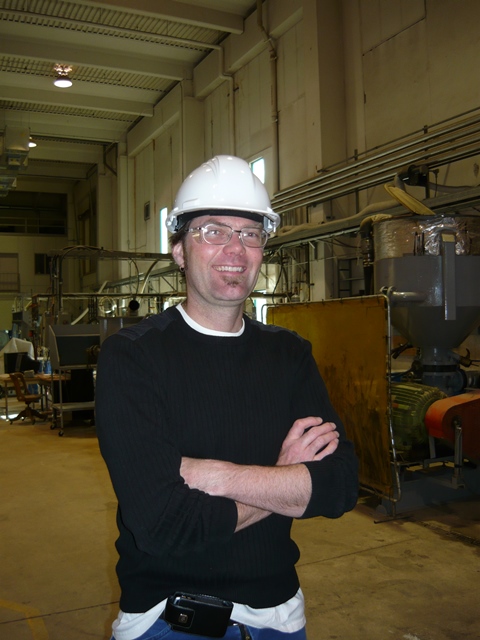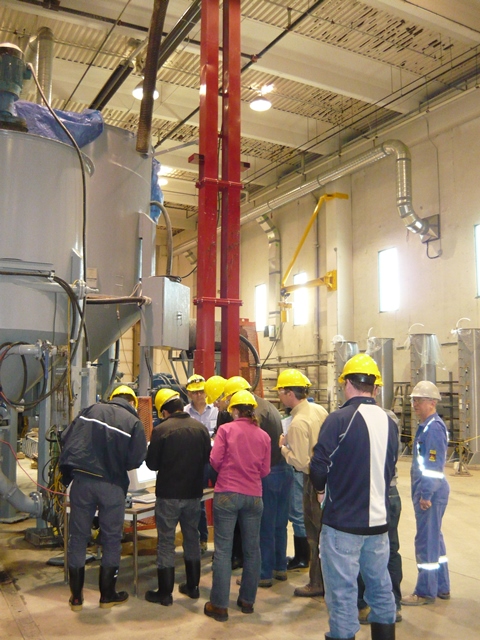
Every mining and mineral processing industry requires the transport of slurries somewhere in their process. However, slurry transport theory and design are topics not adequately covered by undergraduate engineering fluid mechanics courses. Skills, such as troubleshooting existing installations or knowing how to properly design a slurry transportation system, are critical to a number of industries, yet training in this area was lacking.
To fill that gap, the Slurry Pipeline Systems Course was created. When I first took the course, originally taught by Dr. C.A. Shook from the University of Saskatchewan, it was primarily classroom-based and focused on the theory behind slurry flows. I feel fortunate to have come full circle now teaching the same course that was taught to me 12 years ago by Dr. Shook, a giant in the slurry pipeline field.
Along with Dr. Sean Sanders (University of Alberta) and Dr. Robert Cooke (Paterson & Cooke), who are both accomplished leaders in their fields, we instruct the course twice per year. The course is a great opportunity to meet other engineers from different fields and share slurry transport problems and successes.

Dr. Sean Sanders, Course Instructor
What you’ll learn in the Slurry Pipeline Design Course
Need a thorough instruction on slurry pipeline transport systems? This is the course for you. Participants get a comprehensive overview of the key considerations for, and unique challenges encountered, in the design, implementation and operation of slurry pipeline systems. We discuss the proper terminology and teach you SRC’s method of classifying slurries and the analysis methods to address the different slurry types.
The course is important because the methods and decision making process involved in designing or troubleshooting a slurry process are dependent on the type of slurry being transported and are very different than those used for a single phase flow (water or oil).
Evolution
When I first started teaching the course, it was largely attended by engineers working in the Canadian oil sands, uranium and potash industries. In the last few years, with the inclusion of Paterson & Cooke, it truly has a global representation.
We still get representatives from oil sands, potash and uranium, but we now also get representatives from a broad variety industries in Canada, along with employees from companies around the world (USA, South America, Netherlands, Australia and UK).
What to expect
The course is four days in duration. Slurry pipeline design examples are worked through in class and a significant amount of time is spent learning to use SRC’s Pipeflow Software, which is provided to each student that attends the course.

The course also includes a practical lab session where students come to the Pipe Flow Technology Centre ™ for an afternoon and work alongside SRC staff to acquire data from a number of slurry flow experiments. Following the lab session, the students analyze the lab data and present the results in class the next day.
Interested in signing up for the next course? Subscribe to our newsletter to receive updates.
Learn more about the Slurry Pipeline Systems Course.
